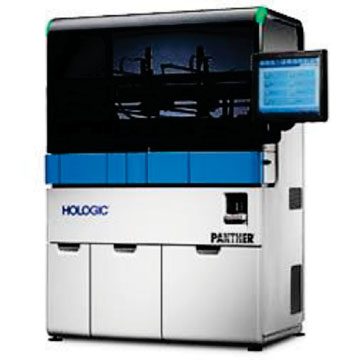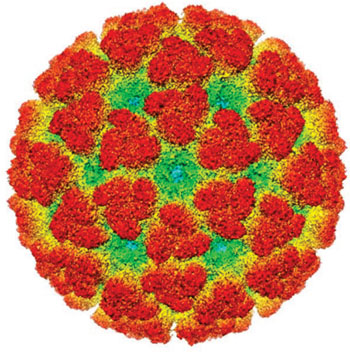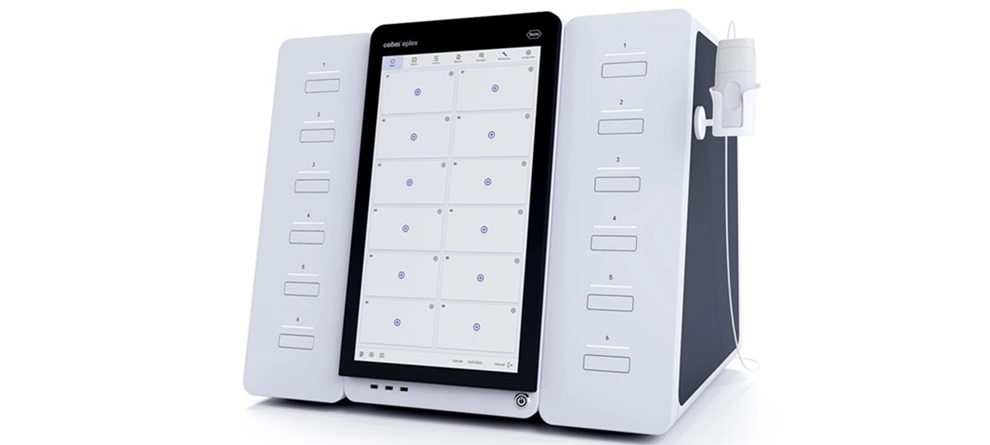Genomic Assays Identify Chikungunya Virus in Blood Donors
By LabMedica International staff writers
Posted on 04 Aug 2015
The risk for transfusion-transmitted infection (TTI) of Chikungunya virus is currently unclear, but several factors raise concern about possible TTI with this virus, including a 10% to 25% asymptomatic infection rate and high viremic titers in asymptomatic persons. Posted on 04 Aug 2015
Chikungunya virus (CHIKV) is a mosquito borne alphavirus, family Togaviridae, causes an acute illness, manifested as fever and severe arthralgia and CHIKV infections are associated with global epidemics, and cases reemerged in the Americas in December 2013.
Scientists at the University of California San Francisco (CA, USA) and their associated developed a prototype CHIKV transcription-mediated amplification (TMA) assay to screen blood donors from Puerto Rico during the peak of the 2014 Caribbean epidemic. After routine blood donation to the American Red Cross April 4 to August 14, 2014, frozen surplus plasma samples from all donors were de-identified and retained for study.
The 557 samples were screened with a candidate screening real-time TMA CHIKV assay with a 95% limit of detection of 16.27 ribonucleic acid (RNA) copies/mL on the high-throughput automated Panther system (Hologic, Inc.; San Diego, CA, USA). For confirmation, they performed blinded orthogonal panviral microarray using the ViroChip and polymerase chain reaction (PCR) testing of six samples, three positive for CHIKV and three randomly selected negative controls. They used unbiased metagenomic next-generation sequencing (NGS) as a pan-pathogen screen and to recover the viral genome from the three CHIKV-positive samples.
The author concluded that new genomic-based technologies have utility for outbreak investigation, blood borne pathogen screening, and disease surveillance. The availability of a high-throughput TMA assay will facilitate screening for CHIKV and more precisely establish the risk of transfusion-associated transmission. Panviral microarrays are useful for broad surveillance of blood borne pathogens yet rigorous individual probe validation across multiple targets is needed because of potential cross-hybridization artifacts. The study was published in the August 2015 issue of the journal Emerging Infectious Diseases.
Related Links:
University of California San Francisco
Hologic Inc.















